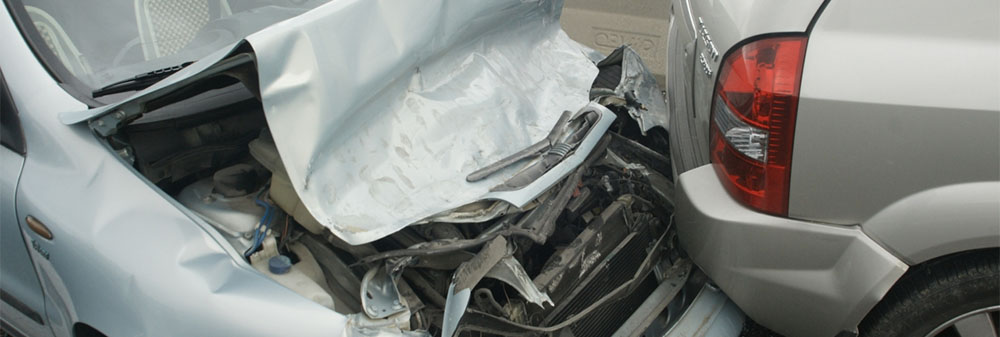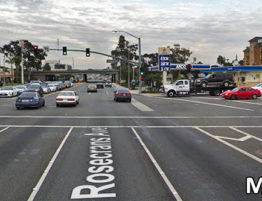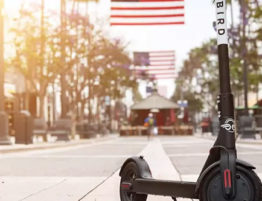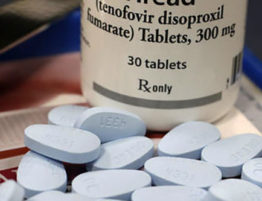
May 4, 2015
It may happen one day when you’re moving along smoothly in traffic, happy that you’re about to get to work a bit early. Then all of a sudden, a small two-door sedan suddenly swerves in front of you and stops “on a dime.” With no time to move, you rear end that vehicle. When that happens, you may have just become the intended victim of what’s called a “swoop and squat” staged accident.
Unfortunately, most of us are so upset about just being in an accident, that we miss all of the telltale signs of what’s just taken place. Furthermore, the variations on this type of planned fraud are almost endless, many relying on collection of property damages in addition to personal injury fraud. “According to the FBI, this type of crash costs the insurance industry $20 billion annually, with those losses getting passed on to consumers in the form of higher insurance rates.”
Nancy Kincaid of the California Department of Insurance says that Los Angeles is the “staged auto accident capital of the United States.” She bases her opinion upon the “sheer volume of cars, and the density of the traffic.”
How can you protect yourself from all of this chaos? Here’s some useful information about (1) who’s most likely to be targeted in this type of crime, (2) ways you can tell if your accident was probably “staged,” and (3) tips for avoiding this type of event altogether.
Who’s most likely to be the target of a staged accident?
Crooks place a high value on their own time and certainly don’t want to make the mistake of hitting someone who may be either uninsured or underinsured. Therefore, they often look for someone who’s heading to or from work during a busy rush hour — a person who’s middle-aged, well-dressed, and driving a high-end car that’s bound to be [fully] insured. If that sounds like you and you’re hit – be sure to raise any suspicions you have about the accident when you’re discussing it with your attorney.
Common signs that your accident was probably staged
- One or more “witnesses” suddenly appear, eager to tell the police what they saw happen. Often, these people are part of the entire scheme, put there to make sure you’re viewed as being solely at fault – and likely to pay a fortune in damages;
- The people in the other car seem to be exaggerating their injuries. After popping right out of their car and easily walking over to the police, these individuals will often start using “extreme” language to describe their pain and injuries. Personal Injury fraud is a very real part of their intent;
- The other driver is quick to suggest a doctor or auto repair shop to you. This sudden “friendliness” is clearly suspect, especially since this person is usually telling everyone else on hand that you caused the accident;
- The bumper of the vehicle you hit looks like it’s been hit many times before. Don’t be surprised if you see sideswipe damage on the other car that you couldn’t have possibly caused. There’s a good chance it happened during an earlier staged accident. The crooks who devise these schemes often just pocket the insurance money they receive and never fix their vehicles. After all, the worse their cars look after someone “new” hits them, the better it may be for winning sizeable recoveries from victims’ insurance companies.
Best ways to protect yourself against staged accidents
- Avoid tailgating. This will help provide you with more room to swerve out of the way of danger and to dodge all of the other maneuvers these con artists throw in while staging crashes for a living;
- Look in your various mirrors briefly but regularly. We all tend to get lulled into thinking everything is fine on the road – even when we should be trying hard to anticipate problems. Keep watching all other vehicles in your vicinity, including motorcycles, that may be careening through traffic in a dangerous manner;
- Avoid all driving distractions. Talking on your cell phone or playing with a GPS device may not only put you at risk of actually causing an accident – such behavior may also prevent you from seeing others about to purposefully create one;
- Make conservative moves in traffic – don’t keep requesting favors. So many people spend time waving to other drivers to see if they can move in front of them that it never occurs to them that someone might wave them ahead — and then purposefully hit them as part of a scam;
- Take a defensive driver course. These can not only often save you money on your insurance rates, they can also help you better anticipate the ways drivers often set one another up for serious injury accidents;
- Always choose your own auto repair shop and medical provider. Don’t ever respond to the suggestion of someone who was just in an accident with you – regardless of how many cars were in the pile-up;
- Take names, take pictures – and don’t sign anything unless a cop requires it. If your cell phone can’t take photos of the accident scene, see if one of your passengers has one or keep a small camera in your car so you’ll be prepared. Also, never sign another accident “victim’s” written statement. You should only sign a ticket – if a cop with a “real-looking” badge requires you to do so.
If we’ll all just use common sense and remember that some people really do stage accidents, we should remain fairly safe. Of course, it’s always a good idea to drive as little as you absolutely have to — and to use mass transit to avoid having to personally respond to rush hour traffic.
Elizabeth Smith is a freelance writer and graduate of the University of Texas Law School.










Write a comment: